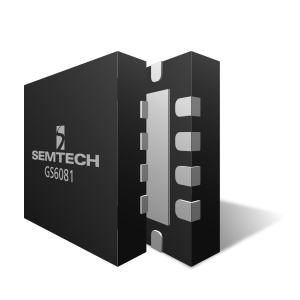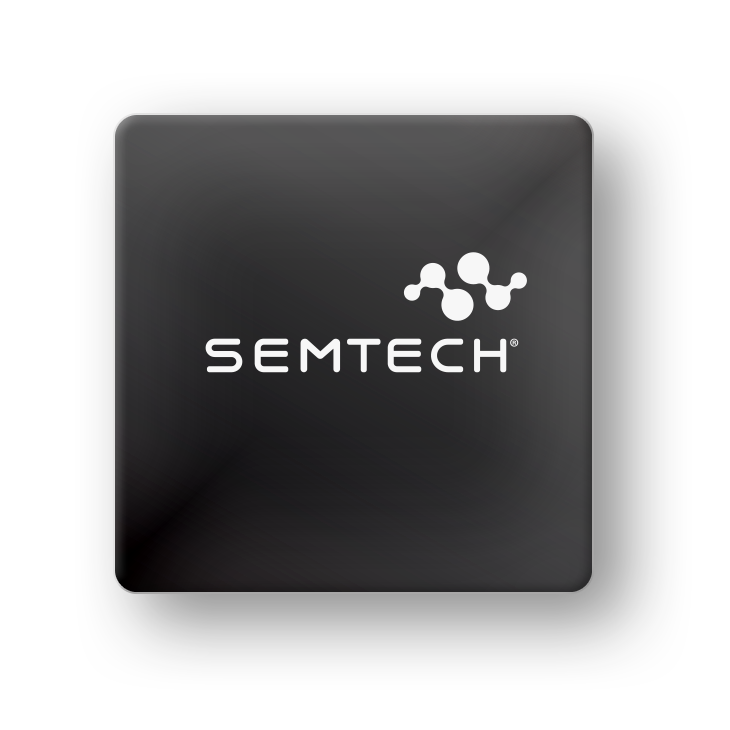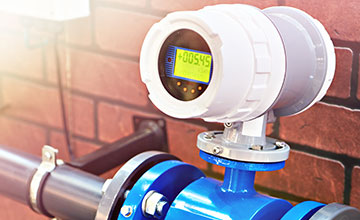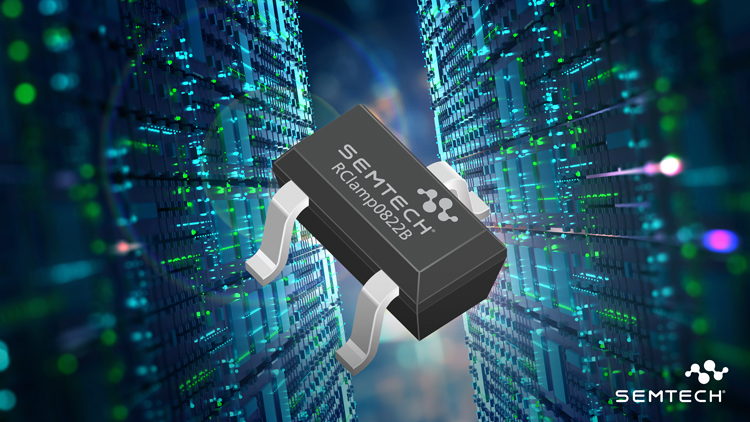Overview
The GS6081 is a high-speed BiCMOS integrated circuit designed to drive one to four 75 Ohms coaxial cables. The GS6081 may drive data rates up to 5.94Gb/s and provides two selectable slew rates in order to achieve compliance to SMPTE ST 424, SMPTE ST 292 and SMPTE ST 259.
Features
- Supports data rates from 270Mb/s to 5.94Gb/s
- SMPTE ST 424, SMPTE ST 292 and SMPTE ST 259 compliant
- Supports DVB-ASI at 270Mb/sWide common-mode range input buffer
- 100mV sensitivity
- supports DC-coupling to industry-standard differential logic
- on-chip 100 Ohms differential data input termination
- Input signal trace equalization
- Dual differential coaxial-cable-driving outputs
- selectable slew rates
- adjustable output swing from 500mVpp to 1040mVpp
- independent disable controls for each output
- Robust signal presence function
- Excellent output eye quality
- Power supply operation at +3.3V or +2.5V
- 135mW power consumption (+2.5V supply)
- Operating temperature range: -40°C to +85°C
- Small footprint QFN package (4mm x 4mm)
- new dual-output pin out
- use the GS6080 for a single-output variant that is drop-in compatible to the GS2988
- Pb-free and RoHS compliant
Order Codes
- GS6081-INE3: Lead-Free, RoHS Compliant, Tray-490 Pieces
- GS6081-INTE3: Lead-Free, RoHS Compliant, Tape and Reel-250 Pieces
- GS6081-INTE3Z: Lead-Free, RoHS Compliant, Tape and Reel-2500 Pieces
PB Free/ROHS
Learn More →BUY NOW

Part Number
QTY
Unit Price (USD)
Price
$ 0
$ 0
Ordering functionality and fulfillment provided by Digi-Key Corporation. See terms here.
| Documents | Release Date | Type | |
|---|---|---|---|
| GS6081 Datasheet | 2018-11-14 | ||
| Recommended Semtech Video Product Evaluation and Reference Design Boards | 2025-02-25 | ||
| EB-6GSRD Evaluation Board User Guide | 2019-07-17 | ||
| GS6080 IBIS-AMI Model User Guide | 2019-07-17 | ZIP | |
Applications
- 6G UHD-SDI, SMPTE ST 424, SMPTE ST 292 and SMPTE ST 259 coaxial cable serial digital interfaces
Inventory
| Product | Country | Distributor | Qty | Buy |
|---|




.jpg)













.png)

















